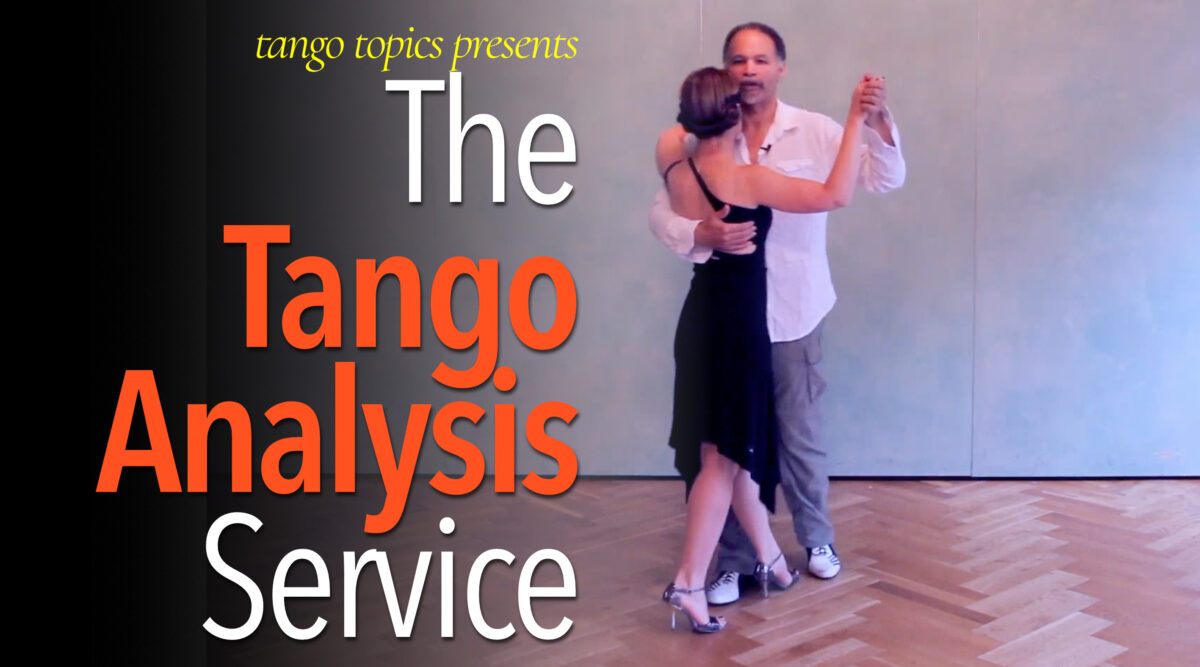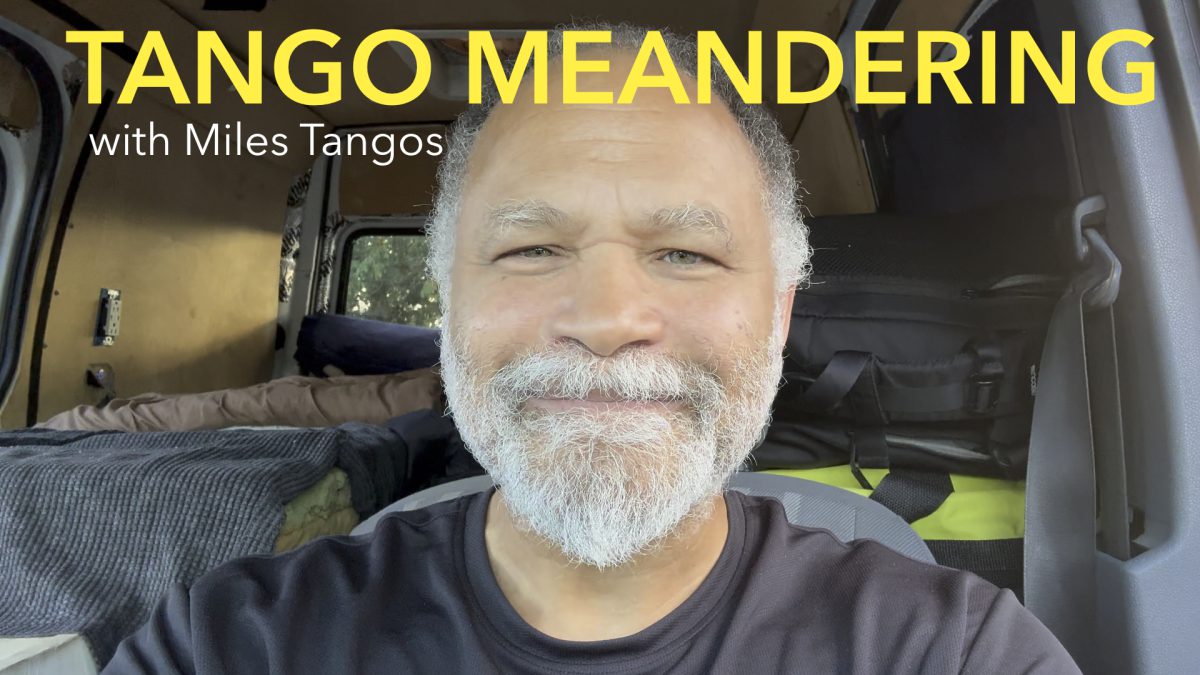choose your learning path
This is a small smattering of the 800+ videos and articles (not including all the other stuff) on Tango Topics for you to watch and learn from. It’s not just the videos, but the articles that contain the most of what you need to know to elevate your dancing experience as a Lead or as a Follow. It’s not about the moves, but making the moves you have better, cleaner, and clearer!
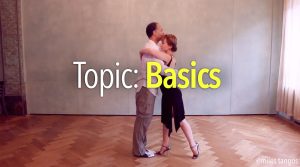
The Basics
This is a series of articles and videos that outline the foundational materials that you’ll need to perform that are commonly used in Argentine Tango such as walking, extensions, embraces, etc. Don’t discount this, and think you don’t need to see it. You do!
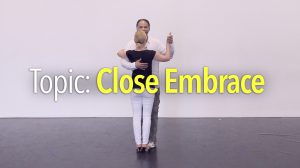
Close Embrace
This series of videos and articles covers ‘Close Embrace‘ ideas and vocabulary that goes with it. Plus a whole lot more.

The Social Figures
The Five Social Figures of Argentine Tango: The 6 Ways of Walking, The 8 Types of Ochos, The 8 Types of Turns, The 256 Types of Crosses, and The 8 Types of Cortados. Everything you need to generate safe, clean Social Tango.
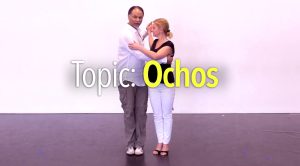
The Ochos
This series of videos outlines all the technique that you’ll need to perform all of the 8 types of ochos that are commonly used in Argentine Tango

The Turns
The 8 Types of Turns in Argentine Tango, including the ‘Milonguero Turn‘, the ‘Milonguero Turn Trick’, and the common ‘Follower’s Molinete/Lead Giro‘. And lots more.
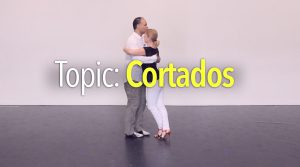
The Cortados
There are 8 Types of Ocho Cortados. This series of videos covers that and a few variations such as the Enganche Cortados. Not to be missed.

The Sacadas
This series of videos covers the Social, Simple, Back, Golden, and a few Crazy Sacadas that you can add to your dance today going forward to add a little spice.

The Colgadas & Volcadas
This is a series of articles and videos that outline the foundational materials that you’ll need to perform that are commonly used in Argentine Tango such as walking, extensions, embraces, etc. Don’t discount this, and think you don’t need to see it. You do!
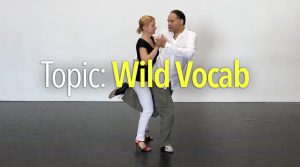
The Crazy Stuff
This series of videos shows all the technique for figures that are typically thought of as ‘crazy’ or ‘wild’ vocabulary in Argentine Tango.
latest tango topics

A Common Colgada
What is a Colgada ? The word “Colgada” comes from the root Spanish word “Colgar” which translates to English as “Hang”. The word ‘Colgada’ is the past participle version of the verb which adds an ‘ed’ ending to the word. Which when translated to English is ‘Hanged’ or rightfully ‘Hung’. So a Colgada is where the Follower (specifically) is in a state where they’re going hang off their Lead, deliberately, or more specifically, they’re being placed in a position where they’re going to hang. And that’s where we talk about a shared axis, and more importantly balance, all of this fitting within the line and lane of dance.
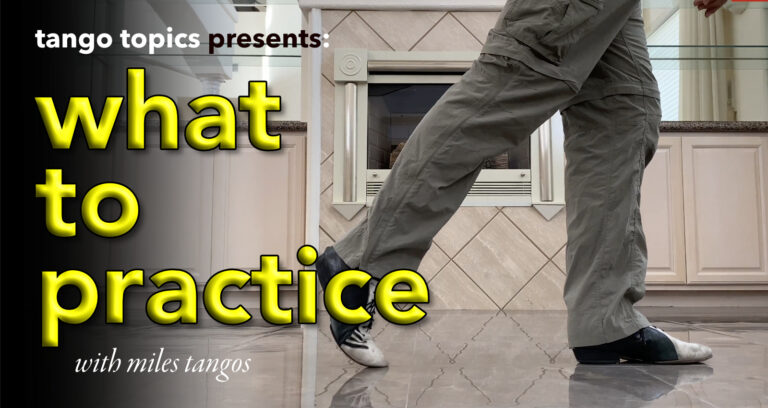
What To Practice ?
Today when I’m working with a student, they honestly don’t want to do that kind of work. They just want the answers. “How do I …?” so I show them what to do, and then how to do it. But that starts with going right back to their foundation. If they’ve been dancing a while, they think or believe that they already know what they’re doing. And to a certain extent they do. But in reality, the fundamental elements have eluded them and they’ve ended up in a place of physical compromise for whatever reason.
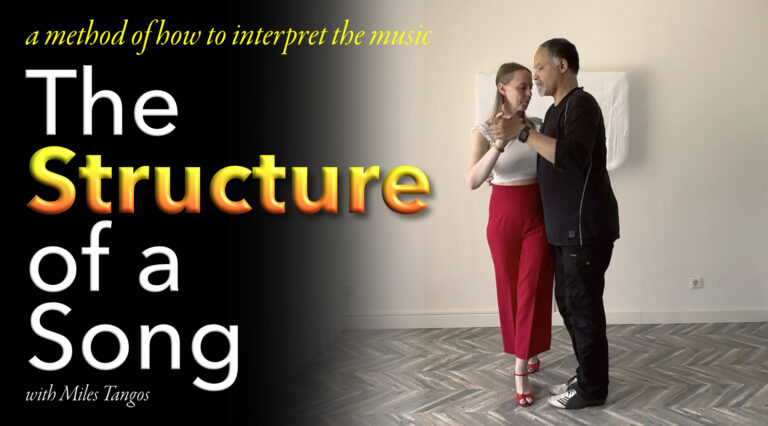
The Structure of a Song (and a Tanda).
A song in Tango (the genre, not to be confused with the entire idea of tango music), consists of 5 to 6 musical paragraphs. Those musical paragraphs are generally 6 to 8 phrases in length. Each one of those phrases is punctuated by 6 to 8 musical pause types based on the 5 Musical Pause Types of Argentine Tango music (See article).

A Method for Tango Improvisation
The Tango Topics Method of Tango Improvisation uses extensions, dissociation/applied dissociation, and individual component movements, as well as Beat and the 5 Pause Types as the building blocks for generating a type of improvisation that can be combined with contemporary tango vocabulary to generate a dance that is easily accessible and very familiar with near-infinite possibilities!

The Five Pause Types Methodology & Primer
The 5 Pause types are in every piece of tango music you have ever heard from the golden age. They are best described as ‘musical rests’ or a simply a ‘pause’. However unlike normal musical pauses, a Tango Pause is slight different and has very specific characteristics that makes them easily identifiable.

The Lead Step Over Back Sacada
In Tango, we have multiple types of Sacadas, from multiple types of positions, with varying levels of complexities. Typically, the most difficult Sacada to execute

The Molinete Giro Structure
The turn itself is taught to every beginner dancer, and every dancer uses this very functional and foundational turn. As this is the case, the turn is so predominant that it is the default motion for every Follower/every Lead whether they realize it or not. The moment that a Lead starts to rotate their body, the Follower will default to the Follower’s Molinete. It should be noted that the Follower’s Molinete doesn’t happen in a vacuum. It happens due to the other side of the equation: The Lead’s Giro. The Lead’s Giro and the Follower’s Molinete co-combine to create the standard turn in Argentine Tango when we talk about turns. So without more yapping, let’s dive into Today’s Tango Topic: The Molinete Giro Structure.

Milonga Vocabulary – An Overview
When talking about Milonga, there are 2 things that have to be addressed at nearly the same time: 1.) The Musical Component. And 2.) The Vocabulary. This article addresses the Musical and then the Vocabulary. To be fair, you can do them in any order to suit a particular purpose. I have had successes with groups or individuals teaching either the Music first, and then the vocabulary, or the reverse.



